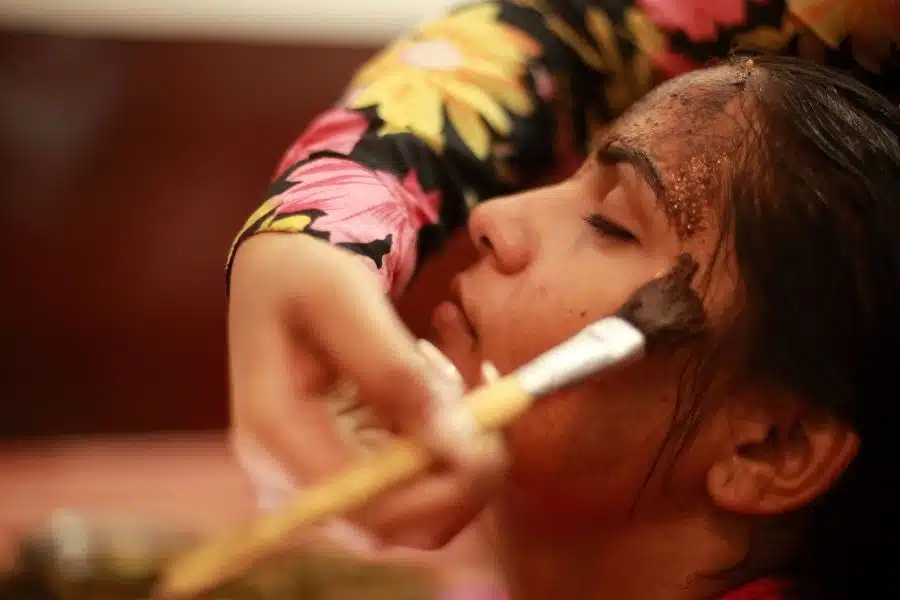The procedure of grafting soft tissues to a tooth is known as tissue grafting. It helps rebuild damaged gums and reduces tooth sensitivity. It is generally painless and is performed under local anesthesia. After the procedure, a soothing liquid bandage is applied to the donor area. Pain may persist for a day or two, but it is short-lived and is easily treated with over-the-counter anti-inflammatory medications. Patients may also require a soft diet for a week following surgery, and they may also take an antibiotic. Other than that, normal activities can be resumed without restriction.
Soft tissue grafting
If you are suffering from gum recession, soft tissue grafting may be an option for you. This cosmetic procedure will replace missing gum tissue and improve the health of your smile. However, gum recession may also expose the root surface of your tooth, making it more susceptible to abrasion, bacteria, decay, and infections. The procedure usually takes less than an hour and requires minimal downtime. You should expect to recover in about two weeks. Although the procedure can be uncomfortable, it is generally safe and does not involve the need for any general anesthesia.
Soft tissue grafting is a common procedure in cosmetic dentistry. It helps restore and prevent gum recession, a condition caused by several factors including aging, over-brushing, and periodontal disease. During this procedure, your dentist will remove a flap of soft tissue from your palate and stitch it to your gingiva around the tooth suffering from gum recession. If you are undergoing a dental implant procedure, you can also benefit from gum tissue restoration because the transplanted gum tissue can help stimulate healthy gum tissue around your new dental implant.
Gum grafting
A gum graft is a procedure that involves placing new tissue into a missing area of the mouth. During the procedure, a surgeon will use sutures to hold the graft in place. The sutures will keep the graft from shifting and will protect the surgical area during the first week. After the procedure, the patient should avoid gum contact for at least a week and will be monitored closely by the surgeon until he or she is able to drive home. During this time, the patient may be given an antibiotic or prescribed over-the-counter pain medications to ease any discomfort. The healing process usually takes a few weeks to complete.
The procedure can cost anywhere from a few hundred dollars to a few thousand dollars. Some insurance plans may cover the cost in full, while others may require a low-cost out-of-pocket payment. If you have a health insurance plan, you can check to see if gum grafts are covered by your plan.
Regeneration of gums
Regeneration of gums with tissue grafts is a cosmetic dental procedure to replace missing gum tissue. Gum tissue loss can leave a toothy, discolored smile, and can also lead to periodontal disease. This treatment is an effective way to re-grow gum tissue and restore your smile’s health. The procedure usually involves cutting a thin flap of skin from the roof of your mouth. The surgeon will then remove the tissue beneath it and attach it to the gum tissue surrounding the exposed tooth root. Over time, this attached tissue will grow with the existing gum tissue.
This procedure is generally performed on a single visit. Anesthesia is administered to ensure a comfortable experience for patients. The surgeon will make an incision at the site of the graft. The space created is then stitched up so that the graft tissue can be placed into the desired area. Once the surgical wound heals, the grafted tissue will begin to grow, melding with the existing gums to create healthy gum tissue. A full recovery is expected to take anywhere from four to six weeks.
Reduction of tooth sensitivity
Reduction of tooth sensitivity is a common side effect of tissue grafting. This procedure builds up the gum tissue around the most sensitive areas of the teeth. This helps prevent the roots of the teeth from becoming exposed and causing plaque and new decay. The result is an even gum line that improves the aesthetics of your smile and makes it easier to eat.
The success of tissue grafting depends on the stability of the surrounding bone. Grafted tissue needs a blood supply from the bone to survive. In some cases, severe swelling will cause the loosening of the sutures.
Cost
The cost of tissue grafting for oral health depends on a number of factors. The location of the procedure and the number of teeth involved will affect the price. The more teeth involved, the more tissue and sutures will be required. The time required to complete the procedure will also affect the price. The procedure will be more expensive if it is performed on the back or side teeth, as they require more time. Some clinics may offer financing options, allowing you to pay a percentage upfront and make monthly payments for an agreed period of time.
The cost of soft tissue grafting for oral health is approximately $600 to $1,200 for a single tooth. The cost can go higher if the surgeon uses tissue from a donor rather than tissue from the patient’s mouth. Additionally, patients can choose to have a gum contouring procedure, which will add a few hundred dollars to the total price.






